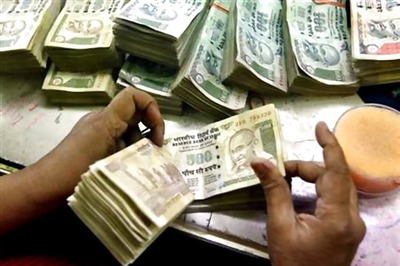
views
South Indian Cultural Centre in association with Bharathiya Vidya Bhavan has organised a five-day programme to reveal the basics of various classical dance forms and to understand in depth the cultural diversity, as embodied in the uniqueness and plurality of the regional cultural identities.
Today, among the major classical dance forms of India, we find Bharathanatyam, Kuchipudi, Kathakali, Mohiniyattam and Yakshaganam in the South, Kathak in the North, Odissi in Odisha and Manipuri and Chauv in the North-East.
There are many other tributaries, to some of these classical forms of dance, prevalent in their respective regions. Enthusiastic protagonist of each style claim superiority and antiquity over other forms confusing the already complex situation of lack of proper historical evidences.
Bharathanatyam is a relatively recent name. It was earlier known as Sadir, Dasi Attam and Thanjavur Natyam. Ponniya, Chinnaiya, Vadivelu and Sivanandam, the Tanjore quartet set a pattern and syllabus and gave a chiselled structure to the Sadir dance. They adorned the Court of Serfoji, who ruled Tanjore during 1798 – 1832. It is evident that the contemporary repertoire of Bharathanatyam, evolved thus, sometimes during the late 18th or early 19th century. Sadir which was till then the domain of Devadasis, received a series of serious blows during 1910 – 1930 with the degeneration of social values. But with relentless efforts by E Krishna Iyer, during 1926 – 1935, it retained its glory and came to be known as Bharathanatyam.
Kuchipudi is a male oriented dance-drama tradition prevalent in Andhra. The dance form acquired its name from the name of the village it originated from-Kuchipudi. At a time when dance was degenerating due to feudalistic abuse of female dancers, an ascetic Siddhendra Yogi, redefined Kuchipudi with a dance – drama tradition, where only male Brahmins played the roles of both men and women.
The Machupalli Kaifiayat of 1502 and the historical record shows the grant of Kuchipudi Village to the artiste by Abul Hassan Kutub Sha in 1675. Great gurus like Vedantham Lakshminarayana, Cintha Krishnamoorthy, Tadepalli Perayya, Vempatti Chinnasatyam, enrich the repertoire and brought women into this form of dance.
It is on record, that after the fall of Vijayanagar empire, some of the families of Kuchipudi Bhagavatulu have migrated to Melatur near Tanjore in Tamil Nadu and Bhagavatha Mela is considered an offshoot of Kuchipudi dance tradition.
Present day Kathakali is a dance-drama tradition as well. It is the result of the culmination of evolution over centuries of highly stylised theatrical tradition of Kerala, particularly, Kudyattam. Ritual traditions such as Theyyams, Mudiyattam and the martial arts of Kerala influenced the evolution of Kathakali.




















Comments
0 comment